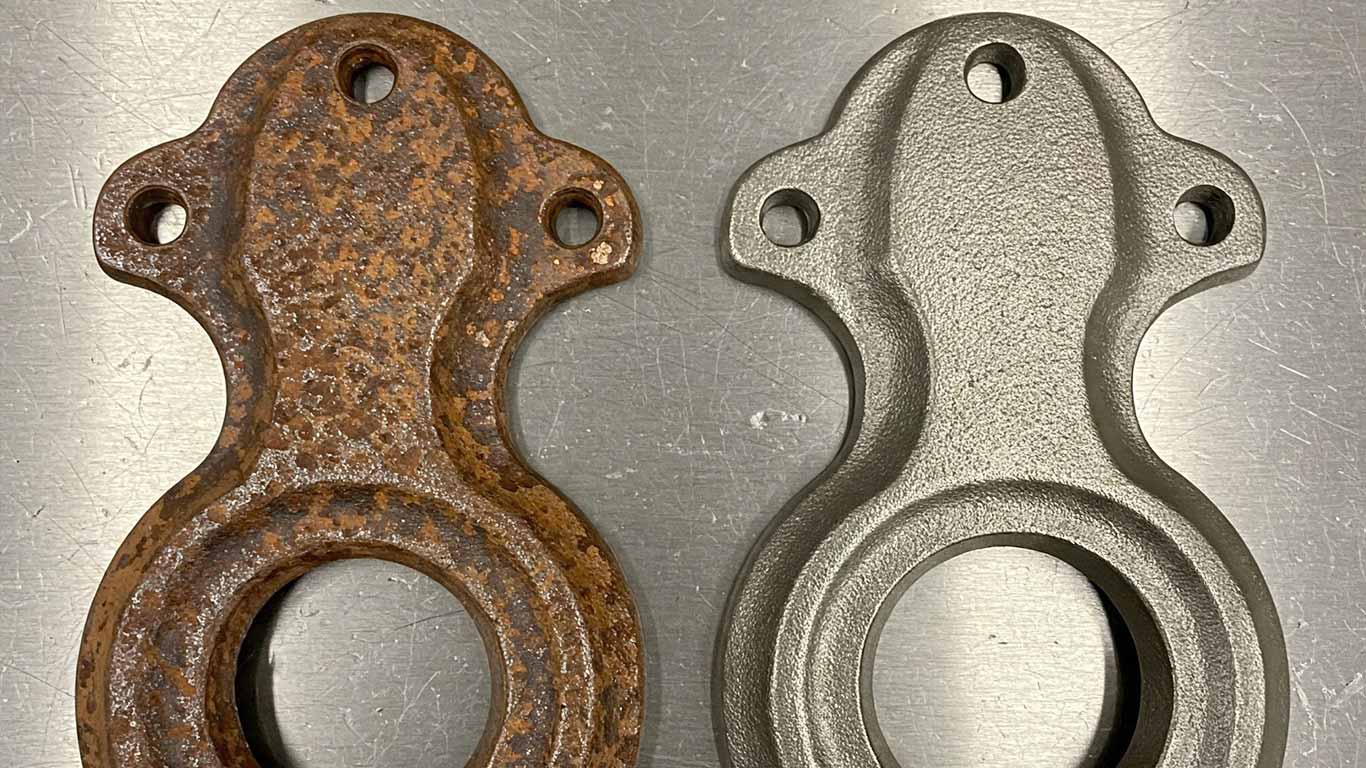
FDA
FDA 21 CFR 1040.10 - Laser Product Performance Standards



When laser cleaning iron, you'll want to start with steady power levels to make the most of its solid strength and heat tolerance that keeps the base material intact while removing rust or grime, but make sure you avoid overexposure in the middle stages since it can lead to uneven surface heating if not monitored closely.
At 1000x magnification, the iron surface looks mottled with dark streaks and clinging dirt that obscure its base texture.
Rough patches rise unevenly, trapping tiny specks of debris in every crevice.
This buildup creates a hazy, irregular view that hides the metal's true form.
After laser treatment, the same view reveals a smooth, even iron surface free from all those streaks.
Clean lines emerge clearly, with no rough spots or trapped debris in sight.

FDA 21 CFR 1040.10 - Laser Product Performance Standards

ANSI Z136.1 - Safe Use of Lasers

IEC 60825 - Safety of Laser Products

OSHA 29 CFR 1926.95 - Personal Protective Equipment